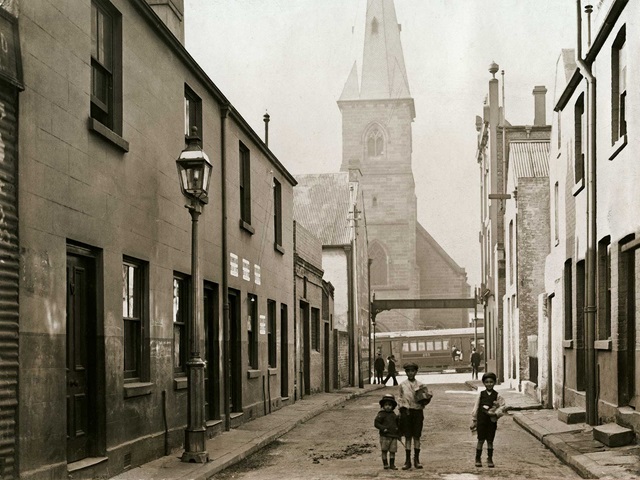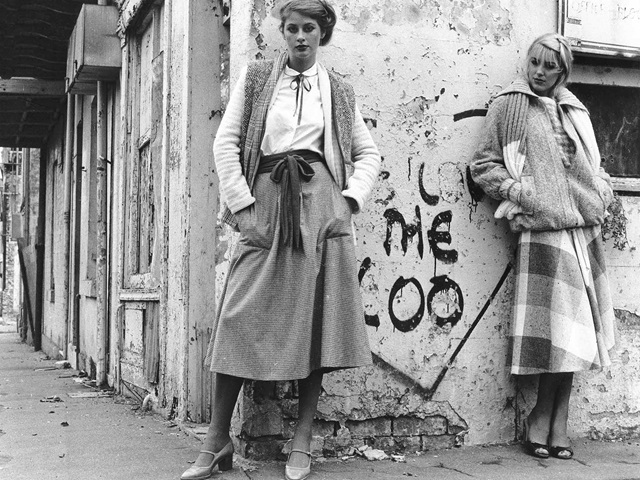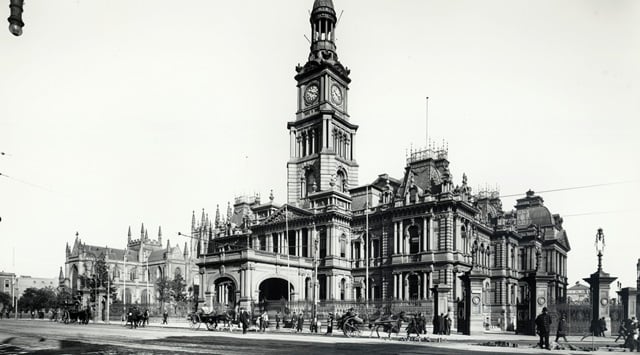History of South Sydney Rotary Park
The area that encompasses this park is inextricably linked to the development of the railways.
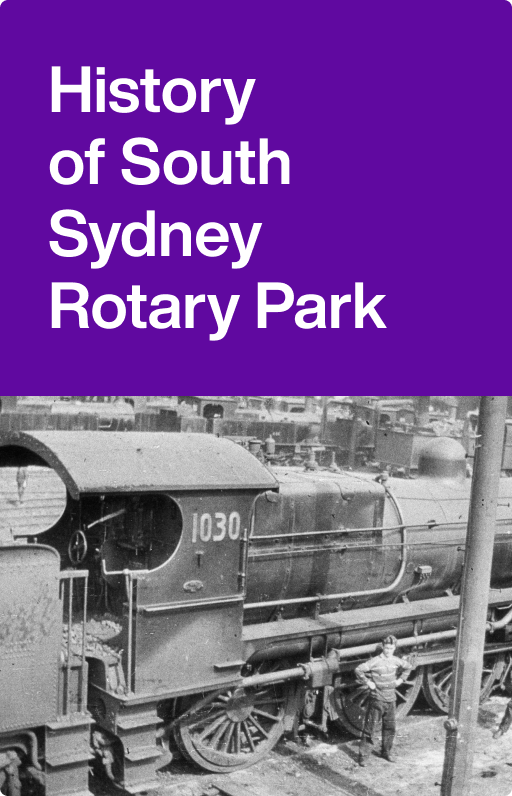
South Sydney Rotary Park is bounded by Henderson Road, Railway Parade, Progress Road and Explorer Street, Alexandria.
In 1794 John King received a 30-acre grant here which he had to clear and develop, so it became known as King’s Clear grant.
King later sold 14 acres to Charles Henderson who established the Camellia Grove Nursery, 1 of several nurseries in the area that took advantage of the low-lying marshy land. He was also Mayor of Alexandria from 1878 to 1883 and gave his name to Henderson Road.
The first railway line from Sydney to Granville opened in 1855. From 1857 railway workshops were built which expanded over the decades to become the ‘finest example of industrial buildings in New South Wales’.
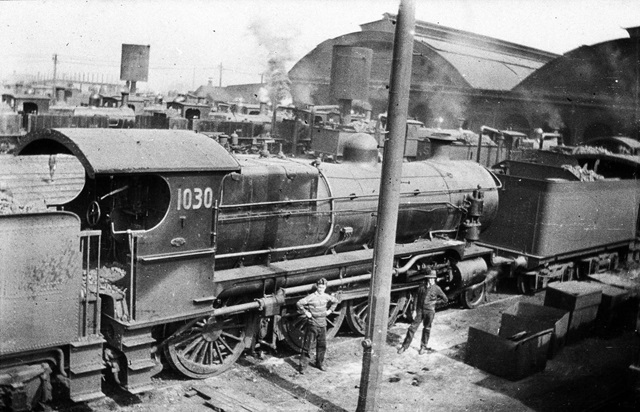
On the north side of the railway line were the carriage workshops, responsible for the building and maintenance of rolling stock. On the south side were the locomotive workshops to service and later build steam locomotive engines. By the 1880s the railways had become the major employer in the district.
This area was originally streets with houses including the extensions of Brandling and Kingsclear streets as well as Rowley Street. The area was later swallowed up by the railway yards but as steam gave way to diesel the yards were wound down and eventually closed in 1988.
After housing Paddy’s Markets during rebuilding at Haymarket, the former railway workshops site was converted to the Australian Technology Park. The area adjoining the park was redeveloped by the NSW Housing Commission. The park, which was opened in 1996, was named after South Sydney Rotary Club. The mosaics were made under the YWCA Landcare Environment Program.
